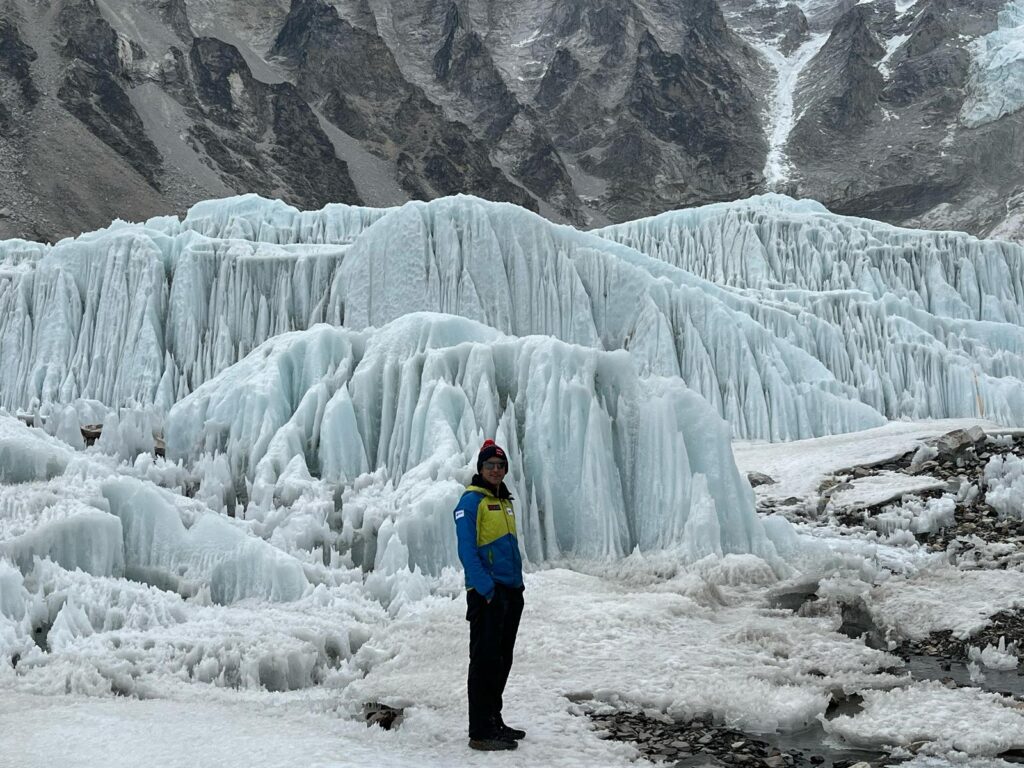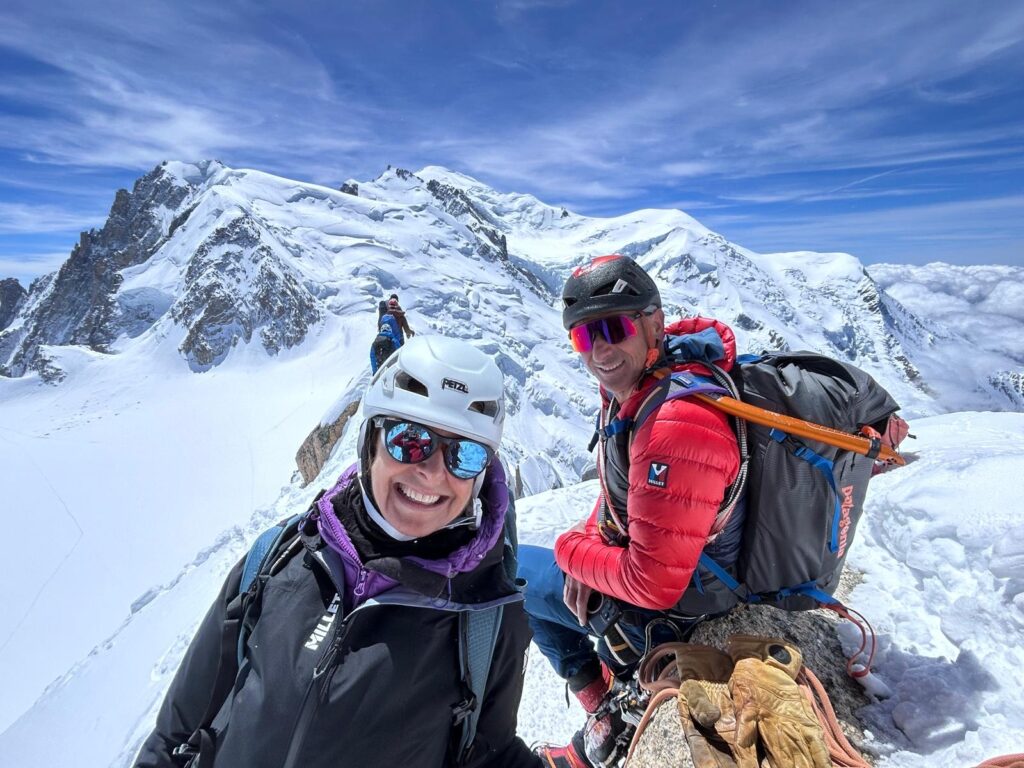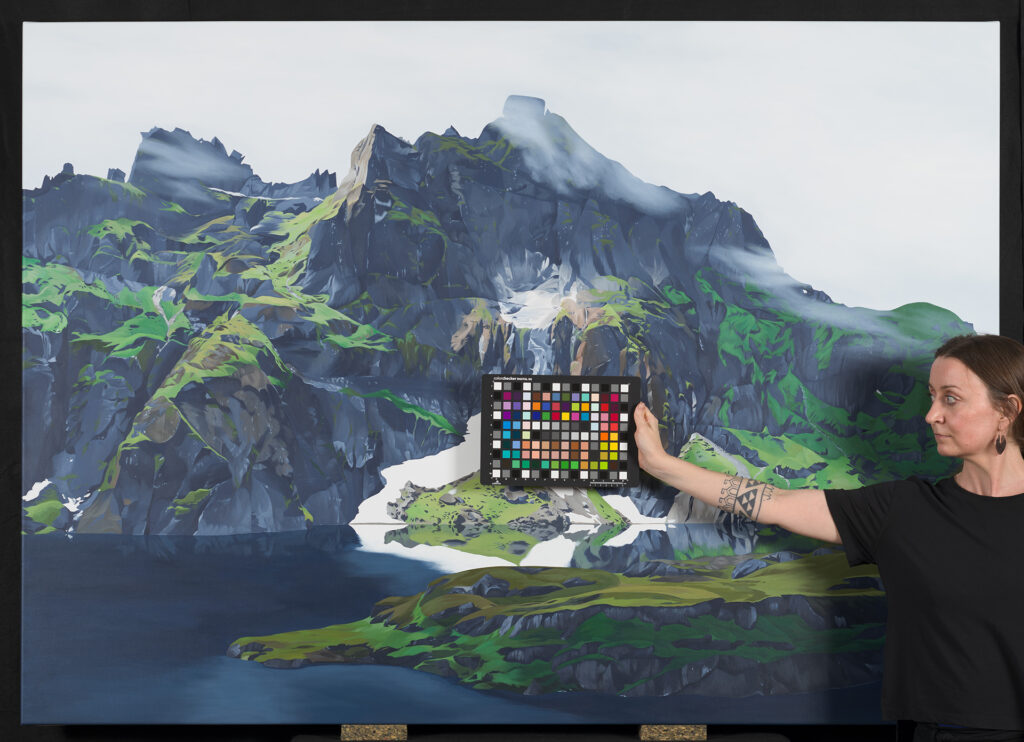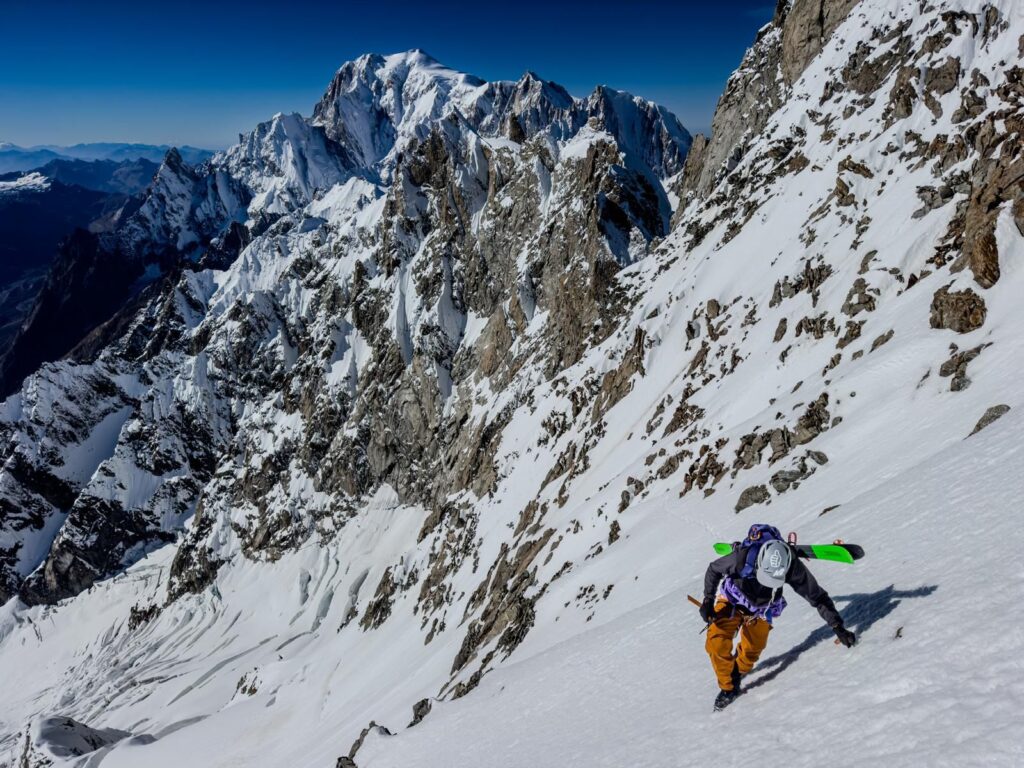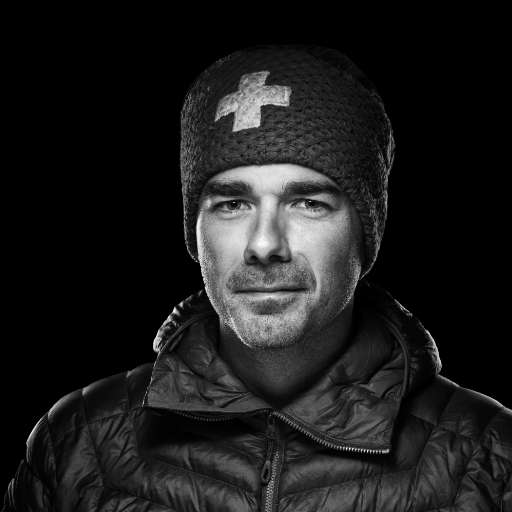Heir to the John Mitchell Fine Paintings gallery in London, William Mitchell cultivates a passion for the mountain world. At the heart of his art house, Alpine paintings and photographs adorn the walls, highlighting the most renowned artists of the Alps. Enthusiastic William Mitchell has just one goal in mind: to show Britons the majesty of summits. Where art meets the mountains, the director pays tribute to the world of rock pyramids through the works he exhibits. Meet William Mitchell, Londoner and admirer of the peaks.
John Mitchell Fine Paintings: alpine art in the heart of London
Can you tell us about the history of the gallery? Why did you choose to specialize in mountain photography and paintings?
The gallery was founded in 1931 by my grandfather. My father then took over, before my brother and I inherited the business. We grew up in this artistic world. My father was a specialist in Dutch flower paintings and was very renowned in this field. He wrote several books on the subject. He often told us: "You really have to find your specialty. I interned for 4 years in France in a prestigious antique painting studio. While in Paris, I took up mountaineering and was deeply moved by the scenery. Back in London, I started looking for 19th-century mountain paintings. One day, we discovered two paintings by Gabriel Loppé. One depicted the Mer de Glace at sunset, the other the Bossons glacier. I then leafed through a selection of paintings from the Club Alpin, which had a veritable goldmine of poorly preserved mountain paintings. We came to an agreement: the club would lend me part of their collection, which we would then restore. The result was an exhibition I called "Peaks & Glaciers", with forty paintings that aroused great interest, particularly among the British. That was back in 2001. Since then, every winter I've put on an exhibition dedicated to mountain painting.

You're a regular mountaineer, even though none of your family had any connection with the sport. How did your passion for the mountains come about?
As a child, I suffered from asthma, which limited my sporting activities. I loved to ski, and we went skiing every Christmas. Everyone said, "William's not the same. Now he's a mountain man!" I loved watching sunsets in the mountains. At the age of 25, I contacted a guide at Zermatt to do the complete Breithorn traverse. After just 20 minutes on the glacier, I was hooked. Today, I've made 45 climbs in the Alps. But what I love most of all is the history of mountaineering, as most of the mountain routes were opened over 100 years ago, at a time when summits was very little used. I have a deep respect for the mountaineers of that era.
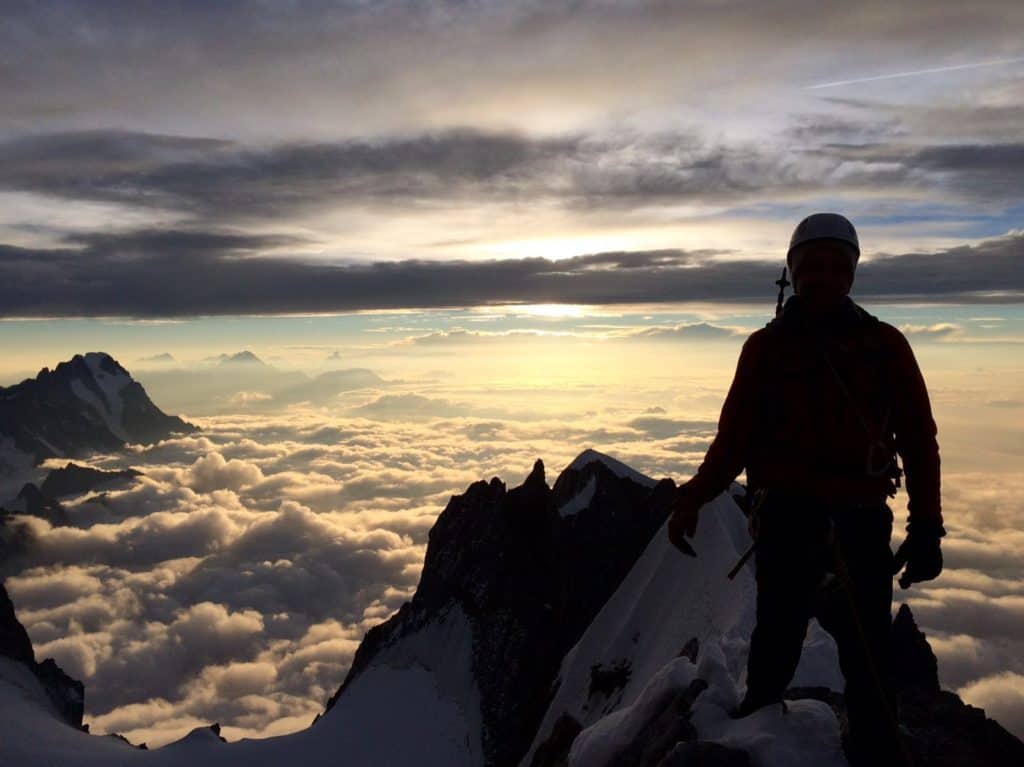
Why is it important for you to present mountain art to the English?
Many mountain destinations are already very popular with the British, such as Val d'Isère, Méribel, the Hautes-Alpes, Chamonix, and so on. My aim is to show the British that there are other beautiful but lesser-known mountains. I search want to show the whole of the Alps: the Engadine, the BerneseOberland ... I'd be bored if I only showed paintings of the Matterhorn, for example. What excites me most is when customers come to me asking for a painting from a specific region. When people enter the gallery, they discover some thirty mountain landscapes. This environment also evokes a variety of personal interpretations. We receive visitors from all walks of life: skiers, poets, writers, singers... Everyone has their own summit favorite and personal interpretation of the mountains. Some, for example, recall the end of a day's skiing. What's interesting is that they never feel the sense of danger that is omnipresent in the mountains.
John Mitchell Fine Paintings Gallery: the fruit of artistic collaborations revealing Alpine heritage
You work regularly with James Hart Dyke. What is your connection with this painter?
What makes James Hart Dyke interesting is that he has his own background. He's becoming a recognized painter. Personally, I accompany him on his expeditions and see him create on site, which is very enriching. James Hart Dyke is also developing a portfolio based on his wilderness paintings. He's quite unique in that he's physically robust, capable of climbing summits to heights of over 4,000 metres. Not everyone can do that.
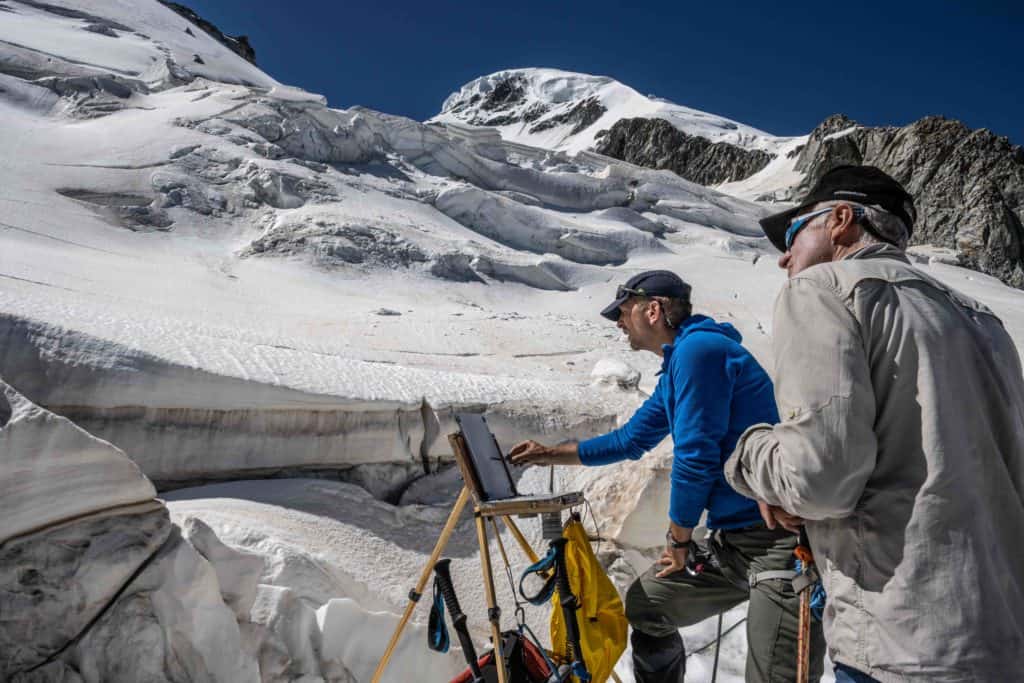
You've dedicated a book to Gabriel Loppé. Could you tell us more about it?
In the 1990s, I met a lady who used to be a lecturer on historical monuments. She was always very interested in Gabriel Loppé. After a fire at the Alpine Museum in Chamonix in 1999, where several of his works were destroyed, this lady decided to devote a book to him. She did intense research and was very determined. She contacted my gallery at frame . She wrote this book on Gabriel Loppé, and then passed away. She left me all her archives. I took over her work, and decided to publish a book in English, because Gabriel Loppé was very well known in England and the United States. His career was built in England, not in France as many people think. My book is therefore an in-depth study of his life and works.

Finally, could you share with us any other mountain artists you admire, in addition to those already mentioned?
I'm interested in artists who were the equivalent of Gabriel Loppé, but from the 20th century onwards. I'm thinking in particular of Angelo Abrate. He's more of a mountaineer than a painter, and remains little known. He paints with the same spirit as Loppé. I also like Wilhelm Burger, an artist who produced some magnificent mountain paintings, often forgotten. It's these artists, somewhat overshadowed by Impressionism and contemporary, that I admire. Photographs also fascinate me. I particularly like photographs that show only the mountains, with no human activity.
William Mitchell continues his mission in the heart of London, driven by the desire to introduce Britons to the kingdom of ice that so enchants him. Determined to present the finest mountain art in his gallery, he devotes his life to the art and splendor of the Alps. When you visit the John Mitchell Fine Paintings gallery, you'll also discover my photographs. United by the same passion for heights, the mountains bind us together, to my immense satisfaction.


